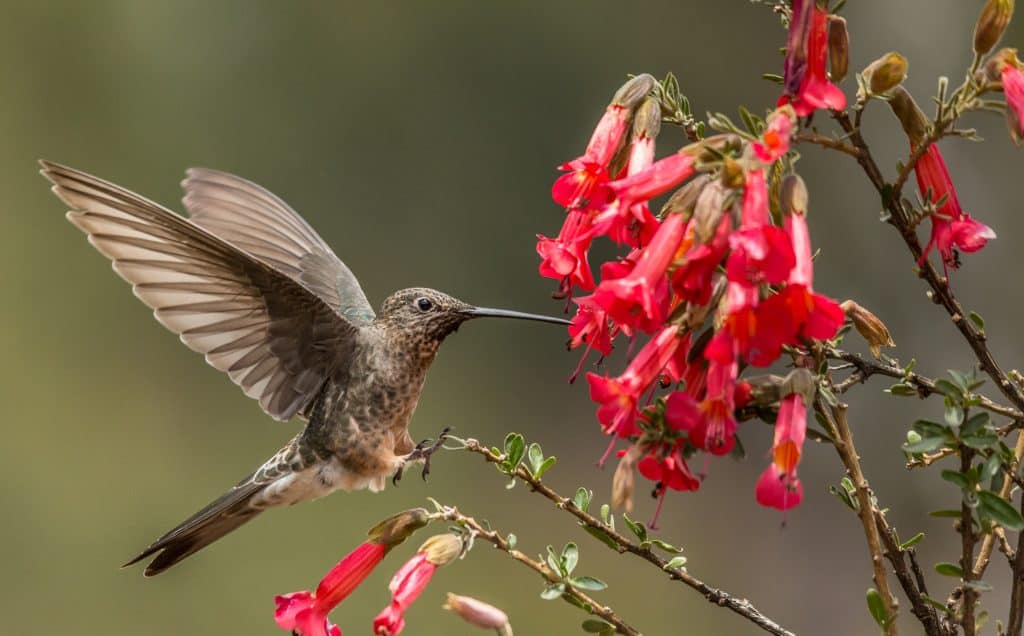
Astrophotography Birdwatching Tips Combining astrophotography with birdwatching can be a unique and exciting endeavor. Capturing both celestial objects and feathered friends requires some careful planning and preparation. Here are some tips to help you get started:
Both astrophotography and birdwatching require patience. Spend time observing and waiting for the right moments.
Use software like Adobe Lightroom or Photoshop for post-processing to enhance colors, reduce noise, and fine-tune your images.
Be mindful of the environment and the creatures you’re photographing. Minimize disturbances and avoid causing stress to birds or disrupting their habitats.
Remember that both astrophotography and birdwatching involve a learning curve. Practice, experimentation, and learning from your experiences will ultimately lead to better results. Enjoy the process of capturing the wonders of both the night sky and the avian world!
Copyright © 2024 :: Photo Tours Perú :: Powered by Incalandadventures.com